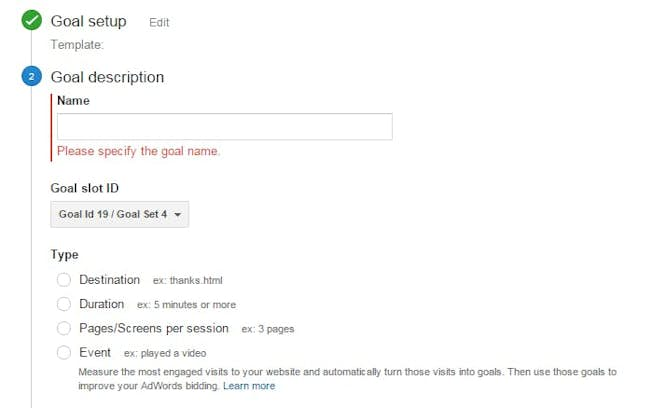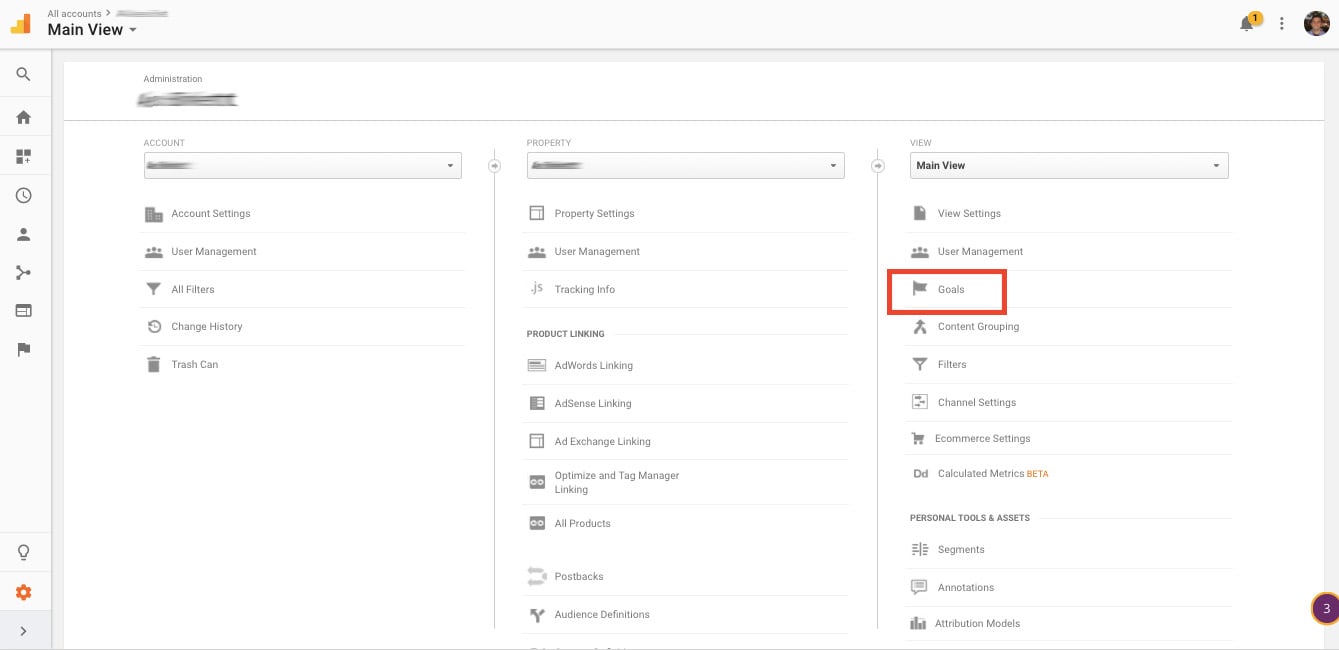Discover the Limitations of Google Analytics Goals: Revealing the Information Types That Remain Untrackable
As organizations increasingly count on data-driven decision-making, understanding the constraints of tools like Google Analytics becomes paramount. While Google Analytics Goals offer valuable understandings right into customer interactions, there exist data types that avoid monitoring, presenting difficulties to a detailed understanding of customer habits.
Incomplete User Journey Tracking
Incomplete user trip monitoring within Google Analytics can impede the ability to accurately assess customer behavior. When the individual journey is not totally tracked, there are voids in the information that avoid an extensive understanding of exactly how individuals engage with a website. This absence of understanding can lead to missed out on chances for optimization and enhancements to the individual experience.
One usual issue with insufficient user trip monitoring is the lack of ability to see the full path that users take in the past completing a goal or leaving the site. Without this info, it is testing to identify where individuals might be experiencing barriers or friction factors that avoid them from transforming. Additionally, insufficient tracking can cover the influence of specific advertising and marketing efforts or internet site changes on user behavior.
To address this constraint, it is vital to establish correct tracking devices within Google Analytics to catch the entire customer trip. This may entail establishing up occasion monitoring, goal funnels, or making use of devices like Google Tag Manager to guarantee that no essential interactions go unrecorded. By obtaining a comprehensive view of the individual journey, website proprietors can make more informed decisions to boost individual involvement and drive conversions.
Acknowledgment Difficulties
Navigating through attribution obstacles in Google Analytics needs a comprehensive understanding of how various touchpoints add to the total conversion procedure. Acknowledgment difficulties occur from the complexity of contemporary customer trips, where individuals interact with several networks before converting. Google Analytics offers different acknowledgment versions like first touch, last touch, and straight, each providing a different viewpoint on just how debt is designated to touchpoints along the conversion course. These models might not constantly properly show the real influence of each touchpoint on the conversion.
One common acknowledgment obstacle is the trouble in connecting conversions to the correct source, particularly in instances where individuals engage with several networks prior to converting. Furthermore, cross-device monitoring postures one more acknowledgment challenge, as customers commonly switch over in between gadgets during their trip, making it testing to track their interactions flawlessly.
Offline Conversions
Provided the challenges related to connecting conversions properly in online networks, the dimension of offline conversions provides a significant possibility for marketers looking for a much more detailed understanding of their consumers' journey. Offline conversions refer to actions that clients take in the physical world, such as making acquisitions in brick-and-mortar stores or over the phone, going to events, or engaging with published products - what data is google analytics goals unable to track. These conversions are vital for services that run both online and offline, as they provide important understandings right into the efficiency of advertising projects across numerous touchpoints
Tracking offline conversions commonly posed a considerable challenge for marketers, as it was challenging to attach these actions back to specific online communications properly. However, with advancements in technology, such as the combination of CRM systems, special identifiers, and promo code codes, services can now link the space in between online and offline data to gain a more all natural view of consumer actions. By efficiently gauging offline conversions, marketing experts can enhance their strategies, designate resources extra effectively, and inevitably improve the general consumer experience.
Cross-Device Tracking
Cross-device monitoring plays a vital function he has a good point in recognizing the interconnected nature of customers' electronic interactions throughout several tools. In today's omnichannel globe, where individuals perfectly switch over between tablet computers, desktop computers, and smart devices, tracking their actions across these gadgets is necessary for marketers to obtain a thorough view of their consumer journey.

Moreover, privacy concerns and policies such as GDPR and CCPA have even more complex cross-device tracking. With users requiring even more control over their data and raised limitations on tracking technologies, marketers should locate privacy-compliant and ingenious methods to attach customer communications throughout tools.
Dynamic Material Interaction
Comprehending individual engagement with dynamic material is crucial in optimizing electronic advertising approaches for enhanced audience communication. Dynamic material refers to website elements that alter based upon customer behavior, preferences, or other variables, offering a tailored experience. Tracking individual interactions with vibrant web content presents difficulties for typical analytics tools like Google Analytics.
While Google Analytics can track standard interactions like clicks and page sights, it might have a hard time to catch more nuanced interactions within vibrant material. what data is google analytics goals unable to track. Metrics such as time invested in specific vibrant components, float actions, or communications within pop-ups are commonly not conveniently quantifiable using common tracking approaches. This limitation impedes marketing experts' ability to completely realize exactly how individuals are involving with dynamic web content and customize their strategies accordingly

Verdict
In verdict, Google Analytics objectives have restrictions in tracking insufficient individual journeys, connecting conversions properly, catching offline conversions, tracking cross-device interactions, and determining vibrant material involvement. These restraints highlight the relevance of exploring added tracking techniques and devices to get an extra comprehensive understanding of user actions and conversions past what Google Analytics can give.
While Google Analytics Goals deal valuable insights into individual interactions, there exist information types that elude monitoring, posing challenges to an extensive understanding of user behavior.Incomplete customer trip monitoring within Google Analytics can impede the capability to properly analyze customer actions. When the individual trip is not fully tracked, there are voids in the data that prevent a comprehensive understanding of how users interact with More Bonuses an internet site.One common concern with insufficient individual trip monitoring is the inability to see the full course that individuals take in the past finishing a goal or leaving the website. By acquiring a comprehensive view of the user trip, website proprietors can make even more educated decisions to improve user interaction and drive conversions.